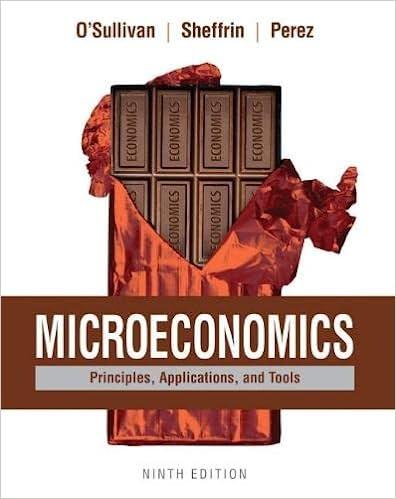Weve seen that the demand for gasoline is more elastic in the long run, when consumers have
Question:
We’ve seen that the demand for gasoline is more elastic in the long run, when consumers have more opportunity to respond to changes in price. A recent study explores two sorts of responses to higher gasoline prices. First, when the price increases, people drive fewer miles, so there are fewer cars on the road. As shown in Table 5.4, the elasticity of traffic volume is 0.10 in the short run (within 1 year) and 0.30 in the long run (after 5 years). In other words, a 10 percent increase in the price of gasoline decreases the number of cars on the road by 1 percent in the short run and 3 percent in the long run. A second response to higher prices is to switch to more fuel-efficient cars. As shown in the table, the elasticity of fuel efficiency is 0.15 in the short run and 0.40 in the long run.

Question.
How does the price elasticity of demand vary over time?
Step by Step Answer:

Microeconomics Principles Applications And Tools
ISBN: 9780134078878
9th Edition
Authors: Arthur O'Sullivan, Steven Sheffrin, Stephen Perez





